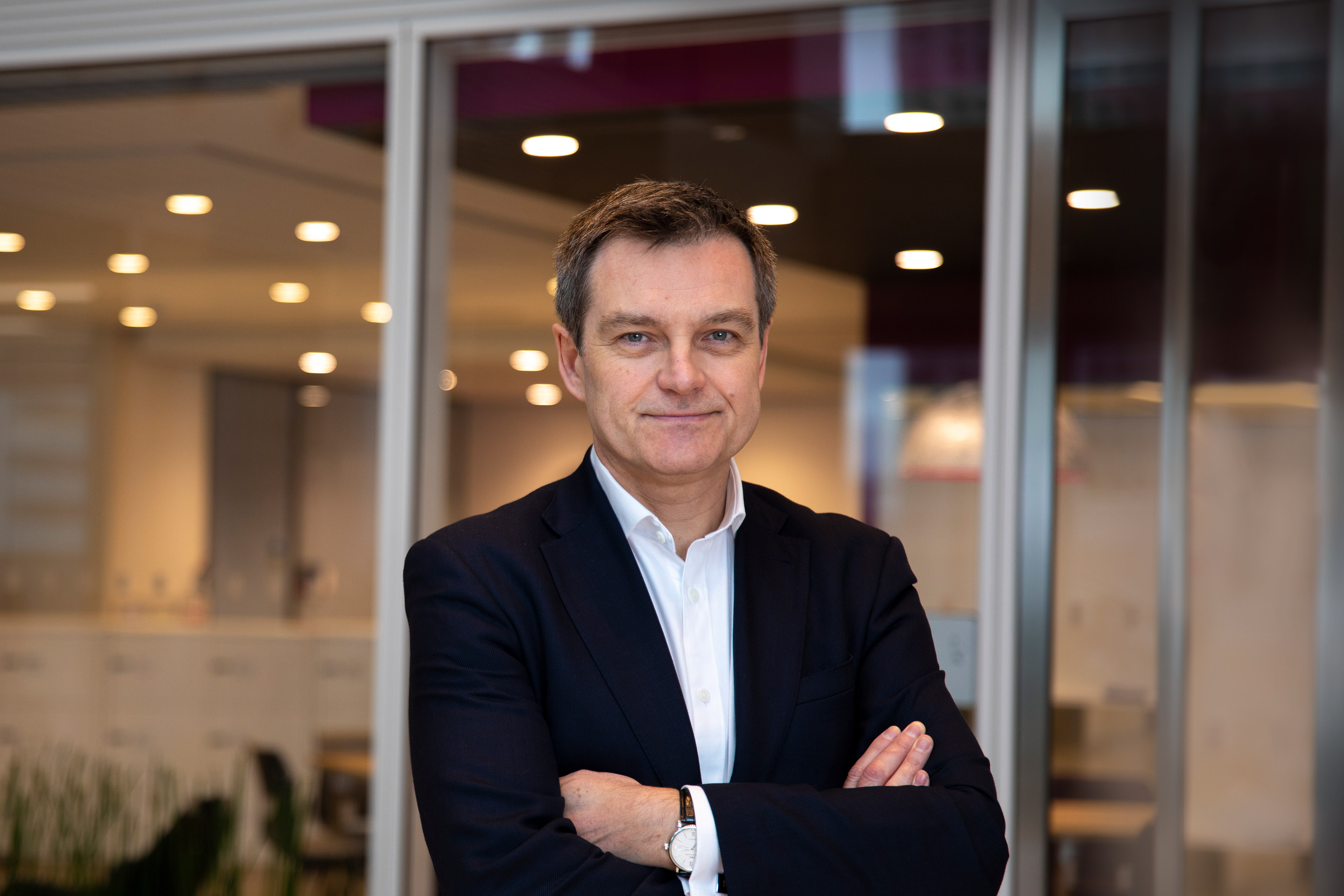EY refers to the global organization, and may refer to one or more, of the member firms of Ernst & Young Global Limited, each of which is a separate legal entity. Ernst & Young Global Limited, a UK company limited by guarantee, does not provide services to clients.
How a prudent cost reduction strategy proved integral to a bank’s growth opportunity

The better the question
Cost transformation initiatives are fundamental to banks’ reinvestment opportunities. Although many work toward achieving this from within, the expertise of an external partner can often allow a bank to think afresh about how it can best achieve its cost reduction measures in a sustainable, balanced way.
One global bank, trying to achieve its 30% cost savings target, had initiated a cost reduction process but had gradually started to struggle to identify additional cost-reduction opportunities and ways to deploy its capital more effectively.
At this impasse, the bank decided to engage an external partner to help it reach its goal. EY’s experience in helping banks transform their business lines, channels and products to achieve greater growth made it an ideal partner to support the bank in reprioritizing its investments to improve return-on-investment (ROI) and time to market.

The better the answer
EY banking strategists and advisory teams worked with the bank’s team leaders worldwide to analyze the most effective ways to reduce the bank’s costs by:
- Assessing digital and operational maturity to eliminate non-value added work, deflecting work to lower cost channels, and driving automation to reduce processing costs.
- Rationalizing and redirecting existing investment plans to better align with the bank’s digital and business needs.
- Developing a governance model to drive global consistency efficiently to achieve overall targets and allow for local customization.
During a period of 12-14 weeks, EY worked swiftly with the bank to produce a strategy that would gain the full support of the board. As a result, each measure was devised to reduce the bank’s costs in the most effective way, while not damaging ongoing operations and the bank’s reputation amongst its customers. EY’s work in carefully considering each stage of the cost reduction program secured complete trust from the board that this strategy was the correct one to implement.
In addition, the strategy was underpinned by a firm focus on sustainability. According to Alice Zhou, Senior Manager for Financial Services at EY, “in order for the cost to be sustainable, every initiative had to balance out the experience, efficiency and effectiveness.”

The better the world works
EY’s strategy work with the bank ultimately resulted in reduced operating expenses of up to 30%, exceeding the board’s commitments. These cost saving measures also contributed to an accelerated time to market through different technology partnerships and consumption-based architectures.
Along with greater cost efficiency, EY’s strategy encouraged greater collaboration across functions and regions.
Globally, the banking sector looks set to continue with the twofold challenge of increased costs and constrained revenue growth. Banks seeking healthy profit margins must incorporate practical cost saving measures that boost banks’ digital capabilities and enable more agile operating models which will allow for better customer service and greater reinvestment opportunities.




